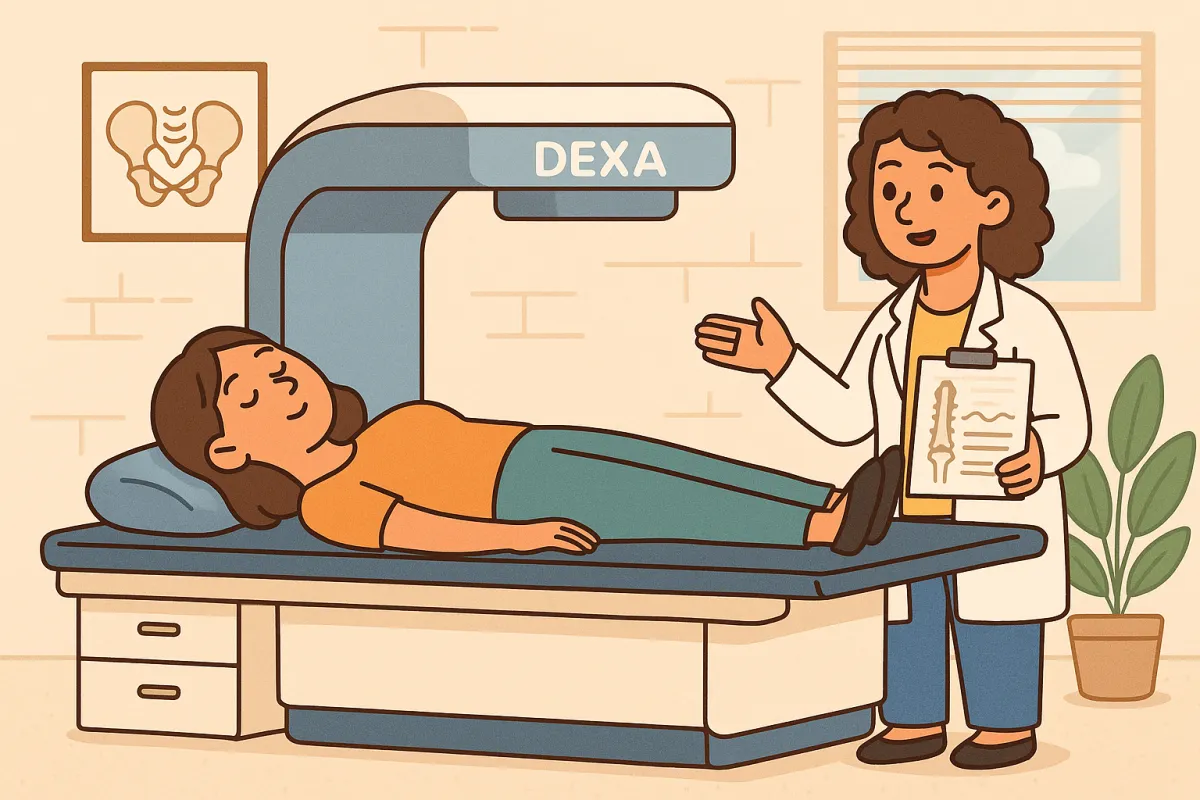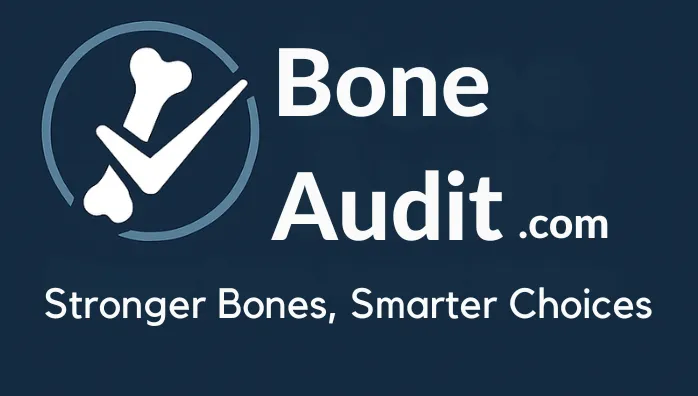
What You Need to Know About DEXA Scans
DEXA (also called DXA) is the most widely used scan to measure bone density. It’s often referred to as the “gold standard” — but that comes with a big caveat: only when it’s done correctly.
Many people assume a DEXA scan is always accurate. But small errors in how the scan is taken — or how the data is interpreted — can lead to confusion or even the wrong treatment plan.
📊 In fact, multiple studies have uncovered alarming error rates in routine DEXA scans:
One review found that 93% of scans had at least one error
In another analysis, 42% of reports contained major errors that could have influenced clinical decisions
In 38.5% of cases, the vertebral area scanned didn’t correspond to the proper L1–L4 range
The “region of interest” — the specific area measured — was misplaced in 24.1% of lumbar scans and 19.9% of femur scans
These aren’t trivial mistakes. They can affect diagnosis, fracture risk assessment, and medication decisions — all without any real change in your bones.
This article will help you understand how DEXA works, what to look for in your report, and how to avoid common mistakes.
What DEXA Measures
A standard DEXA scan looks at two main parts of your body:
Spine (usually L1–L4 or L2–L4)
Hip (usually Total Hip and Femoral Neck)
Both sites are important, but the neck of femur tends to get extra attention — because it’s one of the weakest points in the hip and a common spot for fractures.
🔎 Common Mistake: The “neck of femur” is part of your upper leg bone, near the hip. It’s not your actual neck! This area connects your thigh bone to your hip socket and is where most hip fractures happen.
What’s a T-score? What’s BMD?
Your DEXA report will include both T-scores and BMD values.
T-score: Compares your bone density to a healthy 30-year-old. It’s used to classify your bone status:
Above -1.0 = normal
Between -1.0 and -2.5 = osteopenia
Below -2.5 = osteoporosis
BMD (bone mineral density): This is the actual amount of bone mineral in a given area, measured in grams per square centimeter (g/cm²).
T-scores are useful for diagnosis, but to track progress over time, it’s better to focus on your BMD.
T-scores are based on a reference population that can vary by machine, software, or region.
BMD gives a more consistent and granular picture of what’s really happening inside your bones.
Why the Neck of Femur Can Be Misleading
The femoral neck is a small area, which makes it very sensitive to:
Body position during the scan
Differences in how the technician lines things up
Software quirks in how the image is read
This means that your results can shift even if your bone hasn’t changed. In fact, you could do two scans within the same day and get different results at the femoral neck.
This also helps explain why you might see stories in online forums saying, “I improved my bone density from eating prunes” or “just by walking every day.”
In many cases, these changes may reflect normal scan variation — especially if the reported improvement is only at the femoral neck.
That’s why we recommend focusing on the Total Hip when tracking your progress over time. It’s a larger, more stable area with fewer measurement errors.
Pro Tips for Understanding Your DEXA Results
Here are a few ways to get more value and clarity from your DEXA scan:
✅ Ask for the actual scan images
If you can, request a copy of the printed scan images showing your hip and spine. These allow you (or a trusted practitioner) to compare setup and alignment from scan to scan.
✅ Look at Total Hip to monitor change — not just the femoral neck
When tracking whether a medication, supplement, or exercise is working, use Total Hip BMD as your main reference. It’s more reliable than the smaller femoral neck region.
✅ Check for consistency between scans
Compare the BMD values (in g/cm²) at the Total Hip and Femoral Neck on each report. The ratio between them should stay fairly stable over time.
If that relationship changes significantly, it may be a sign that the scans were not done consistently.
✅ Know the expected pattern in your spine
In most cases, the lower vertebrae (like L4) should be denser than those above (like L2). A reversal in this pattern might suggest arthritis, calcification, or a scan issue.
✅ Lumbar spine and femoral neck should be in the same ballpark
It’s normal for scores to differ a little between sites — but they should usually be within about 1 T-score of each other.
For example, if your L1–L4 score is -1.5, your femoral neck is expected to fall between -0.5 and -2.5. If they’re far apart, ask why.
One Test Isn’t Enough
Whether you use DEXA or Echolight, one scan is just a snapshot in time.
To truly understand what’s happening in your bones, you’ll need at least three properly done scans, ideally 12 to 24 months apart.
The first gives you a baseline
The second suggests a possible trend
The third helps confirm whether things are improving, staying stable, or getting worse
This is why bone health is a long game, not a quick fix. Progress takes time — but with the right information, you’ll know what’s working.
What About Echolight?
A new technology called Echolight is emerging as an alternative to DEXA. It uses ultrasound instead of radiation and relies on software algorithms to assess bone density — which reduces the chance of technician-related error.
One unique feature of Echolight is its Fragility Score, which gives insight into bone quality, not just density.
Studies suggest that the Fragility Score may be a better predictor of fracture risk than bone density alone — making it a promising option in the future of bone health tracking.
Echolight is still relatively new, and not yet available everywhere. But it’s a great option to consider — especially for ongoing monitoring.
Final Thought
DEXA is a helpful tool — but only if you understand how to read it.
Ask for your scan images. Look at the numbers beneath the surface. Focus on BMD. And don’t rely on a single test to tell your full story.
Your bones are always changing — and when you track the right data over time, you can make smarter choices to support your strength and safety for years to come.
